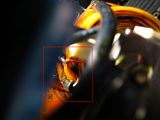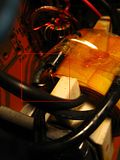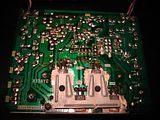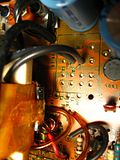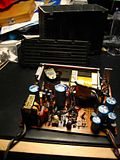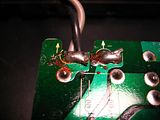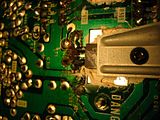thefragger
Certified Crazy.
Get the part number out of the service manual and try
http://www.partstore.com/default.aspx?s=google&sw=nonspecifc
If it looks like a normal size fuse you can try replacing it with a fast blow 10A. That should be ok, it will probably blow before the thermal one would. If it looks unusual, order the Sony part.
*snip*
The thermal fuse appears to be akin to a resistor, and not a typical glass fuse. The markings from the service manual state "THERMAL FUSE - 10A 109°C."
I'll try searching for the Sony p/n.
Thanks, Doc.
Philip.
Thermal Fuse, Sony
P/N 1-532-496-00
$12.53
Ouch.
Last edited:




